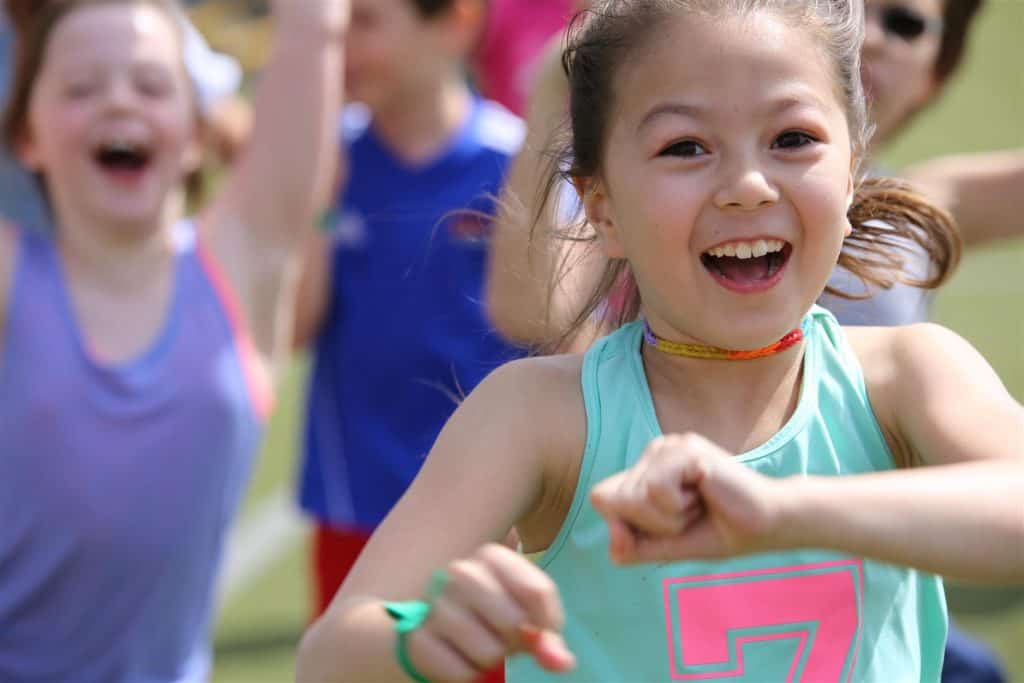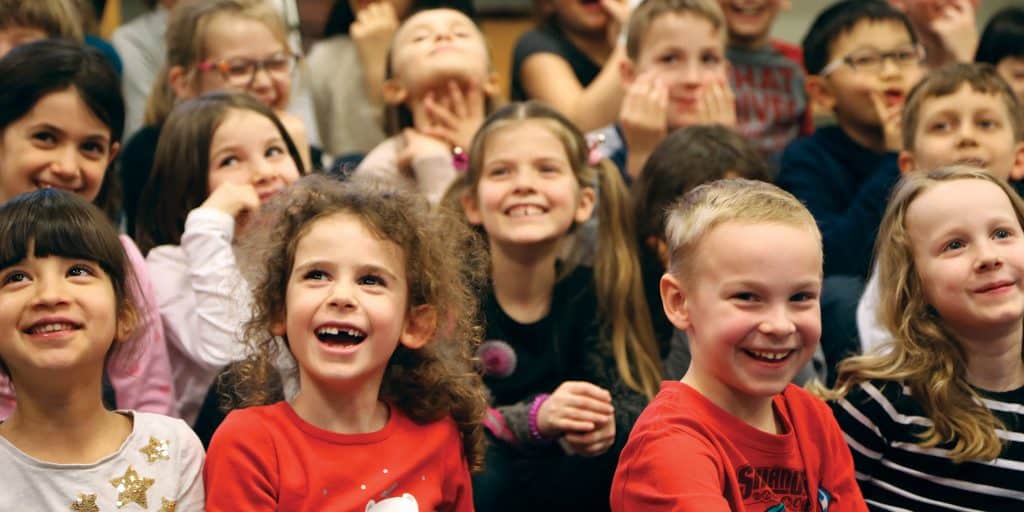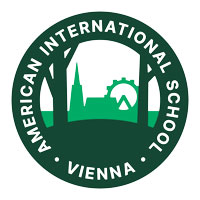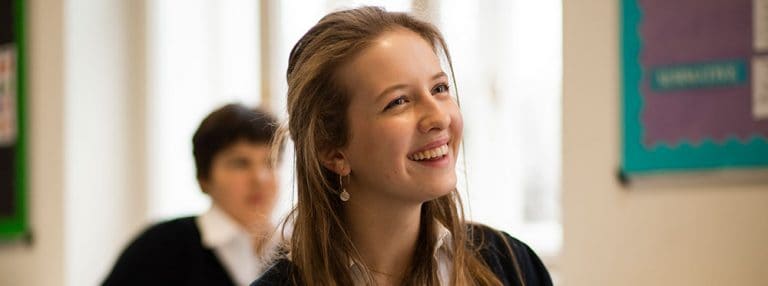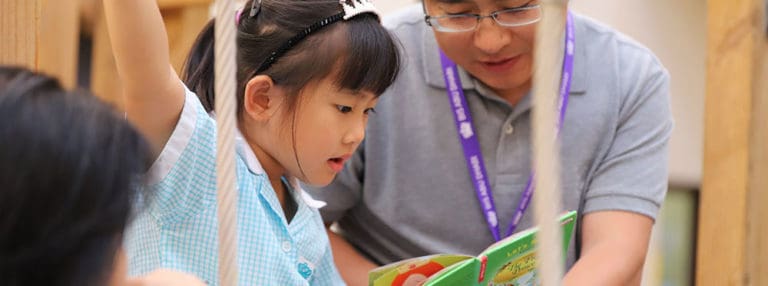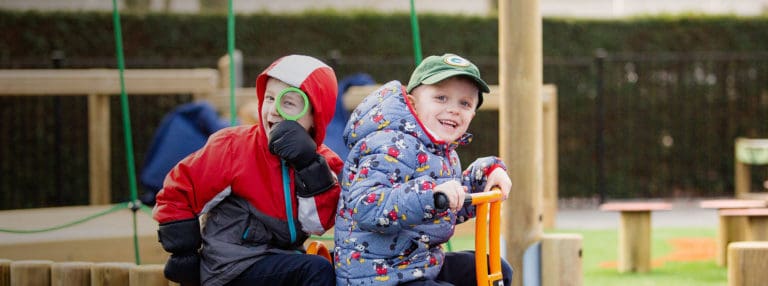Nurturing Interest Inside and Outside the Classroom
We know that kids learn best when they are having fun. That’s why learning through play is an integral part of a 21st-century school environment.
Because kids naturally gravitate towards enjoyable activities, schools and parents must maximize the opportunity for students to engage in play-based education. One of the best ways to do this is through after-school activities.
After-school activities (ASAs) take a child to the next level, fostering a love of learning and a thirst for knowledge outside the classroom. In this way, ASAs give parents the opportunity to introduce their child to classes that support and enhance in-school education.
Experts urge parents to understand the value of ASAs, which have been shown to positively impact student achievement, social interaction and emotional development. A study by the U.S. government showed that ASAs “boost academic performance, reduce risky behaviors, promote physical health, and provide a safe, structured environment for the children of working parents.”
Forward-thinking schools choose to make after-school programs central to their educational offerings. The American International School · Vienna offers 25-30 after-school activities per semester. With more than 25 years’ experience offering ASAs, AIS is a leader in innovative programming. AIS activities serve, on average, 500 students from Pre-K to Grade 8 per year in a wide-array of activities designed to engage and benefit a well-rounded child. The classes range from arts and sciences (drawing, cartooning, ballet, engineering, coding, foreign languages) to sports and music (basketball, taekwondo, tennis, swimming, guitar, strings).
“The AIS ASA Program offers students the opportunity to participate in guided, engaging activities that complement and enhance the curriculum that guides their daily education. Students are able to interact with friends and students from different grade levels while participating in a wide range of activities. The program also offers parents an option for their child’s after-school care,” says Justin Carnahan, ASA Coordinator at AIS.
A school’s mature and diverse ASA program benefits not only the students themselves but also the school as a whole. Because, as students enrich their learning after school, they bring that positive energy and passion for learning into their classroom.
It’s important for parents to note that ASAs are different from clubs and sports. ASAs are specifically designed for younger learners (ages 4-14) as a compliment to in-school education and as a stepping-stone to middle- and high-school activities. Students who begin early participation in ASAs more often grow into mature students that choose to join high school extracurricular activities. Of note to many parents: it is well documented that extracurriculars differentiate and elevate a student applying for entrance to higher education.
So, how can parents best take advantage of the types of ASA classes offered by their school?
“The best action to take is to read the school’s website or catalog closely and speak with other parents of students who have attended activities in the past,” says Carnahan.
Once parents have narrowed down the best choices, the most important thing to keep in mind is the engagement of their child. Children excel in situations that allow them to freely explore their areas of interest. The best ASAs give kids the chance to activate their own potential.

